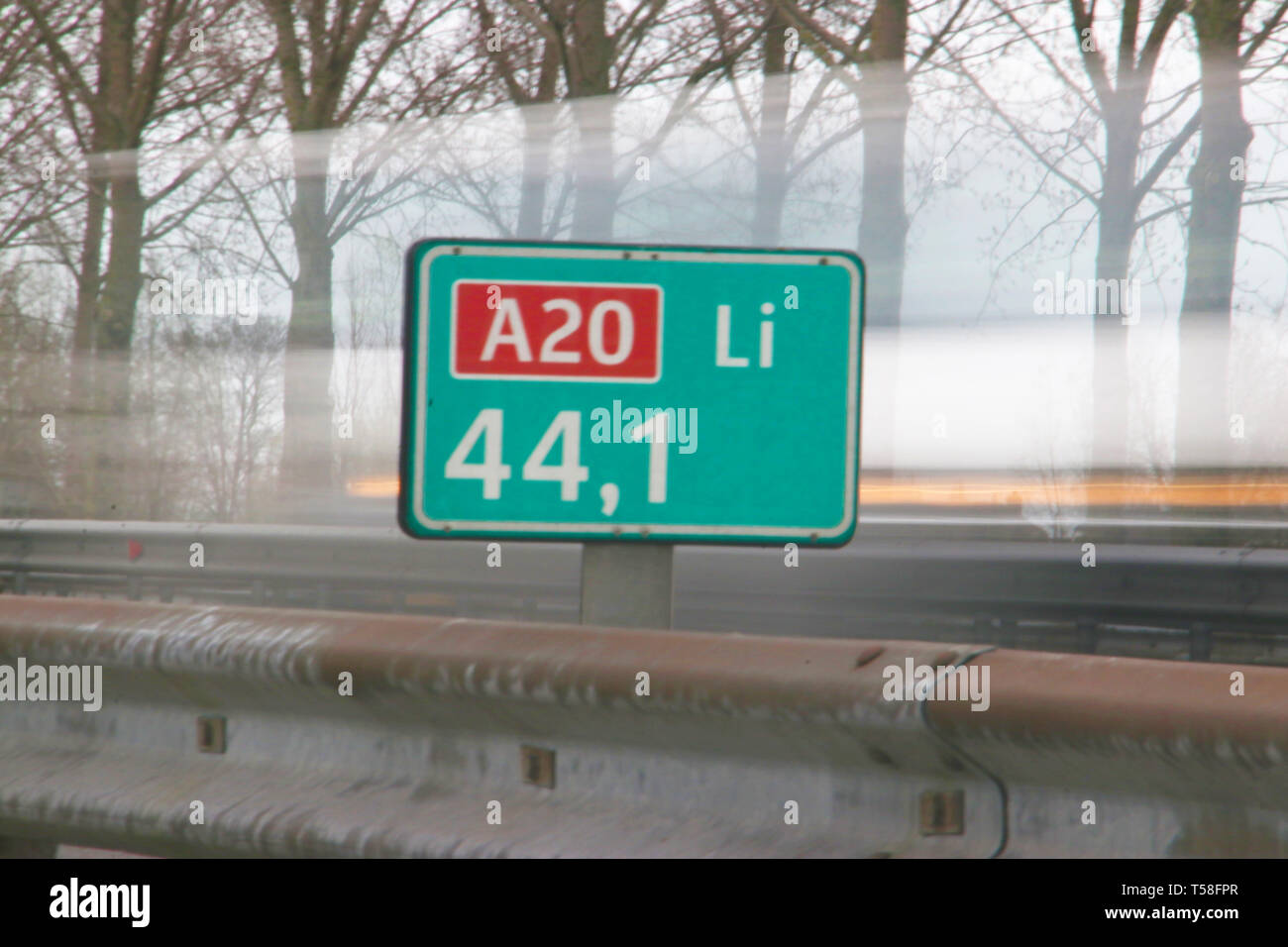

Such long endurance races are the ultimate demonstration of the power of health. That sentiment couldn't be truer than during a marathon. If we’re healthy we can accomplish just about anything.
One kilometer series#
The series – comprising six of the largest and most renowned marathons in the world: Tokyo, Boston, Virgin Money London, BMW BERLIN, Bank of America Chicago and TCS New York City – was renamed the Abbott World Marathon Majors starting in 2015.Īt Abbott, we believe that good health is the starting point for everything we can accomplish in life. In October 2014, Abbott and the World Marathon Majors entered into a new partnership with Abbott becoming the race series' first-ever title sponsor. The Tokyo Marathon officially kicked off the Abbott World Marathon Majors ninth series.

For all of them, it was a testament to what's possible with good health. For many, the 42.195 kilometer (26.2 mile) course was the culmination of months of dedicated training and preparation. Mile to Kilometer Conversion Table Mile ġ5 mi, mi(Int) = 15 × 1.609344 km = 24.Do you have what it takes to complete a marathon? Approximately 36,000 runners from all over the world laced up their running shoes and gathered at the Tokyo Marathon starting line on Feb. Unlike the United States, the UK has adopted the metric system while the metric system is widely used in government, commerce, and industry, remnants of the imperial system can still be seen in the UK's use of miles in its road systems. However, there still remain a number of countries that primarily use the mile instead of the kilometer including the United States and the United Kingdom (UK). This definition is subject to change, but the relationship between the meter and the kilometer will remain constant.Ĭurrent use: It is currently the official unit of measurement for expressing distances between geographical places on land in most of the world. The origin of the kilometer is linked to that of the meter, and its current definition as the distance traveled by light in 1/299 792 458 second. One kilometer is therefore one thousand meters. History/origin: The prefix kilo- is a metric prefix indicating one thousand.

One kilometer is equivalent to 0.6214 miles. Kilometerĭefinition: A kilometer (symbol: km) is a unit of length in the International System of Units (SI). There also exist a number of units based on, or closely related to, the Roman mile, including the nautical mile (1.852 km exactly), Italian mile (~1.852 km), and the Chinese mile (500m exactly).Ĭurrent use: Although most countries have adopted the metric system and use kilometers, rather than miles, to express land distance, the mile is still prevalently used in countries such as the United States (US), United Kingdom (UK), Myanmar, and Liberia, as well as some other countries which are either US or UK territories, or have historical ties with either country. The definition of a mile as 5,280 feet (or 8 furlongs), sometimes referred to as the statute mile, international mile, or land mile, which differs from the Roman mile of 5,000 feet, developed due to the importance of the furlong in England, back in 1593. The use of the abbreviation "m" for mile was common before the widespread adoption of the metric system after the adoption of the metric system, "mi" became the preferred abbreviation in order to avoid confusion between miles and meters. History/origin: The mile is an English unit (predecessor of Imperial units and United States Customary Units) of length. It is currently defined as 5,280 feet, 1,760 yards, or exactly 1,609.344 meters. Definition: A mile (symbol: mi or m) is a unit of length in the imperial and US customary systems of measurement.


 0 kommentar(er)
0 kommentar(er)
